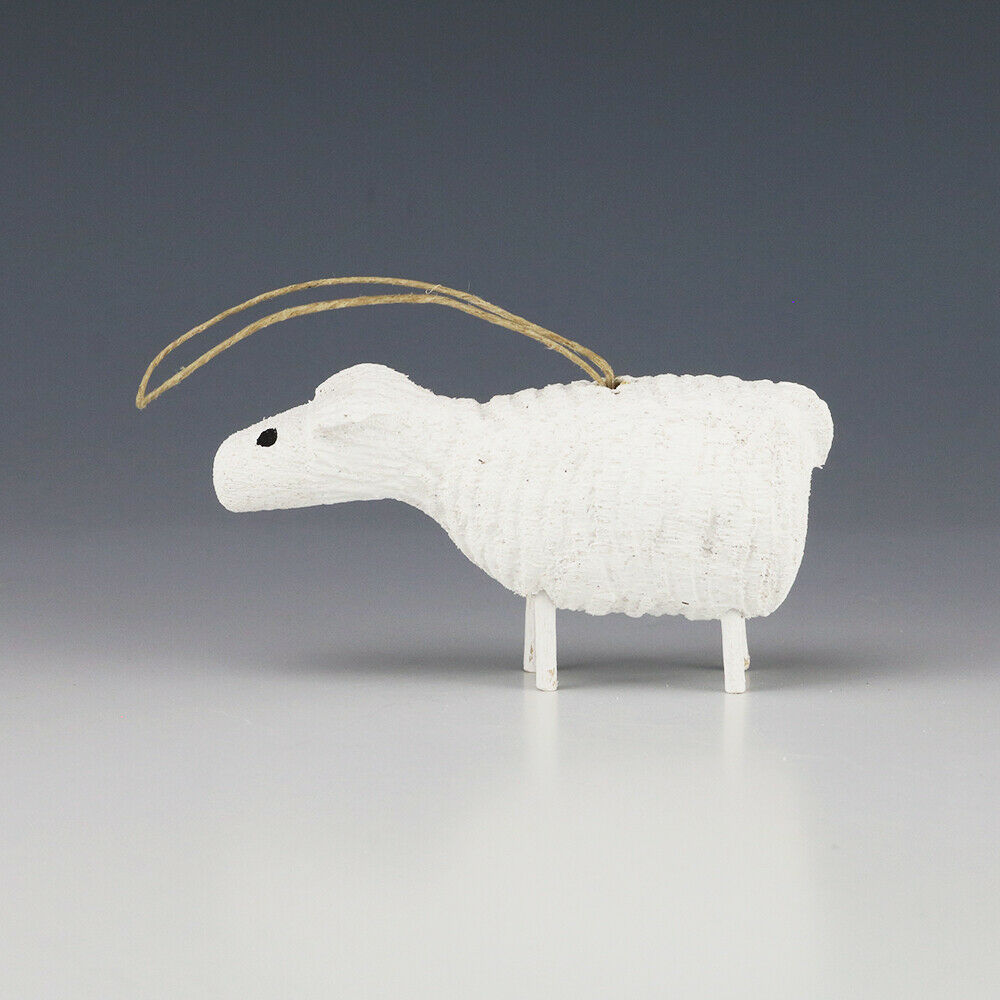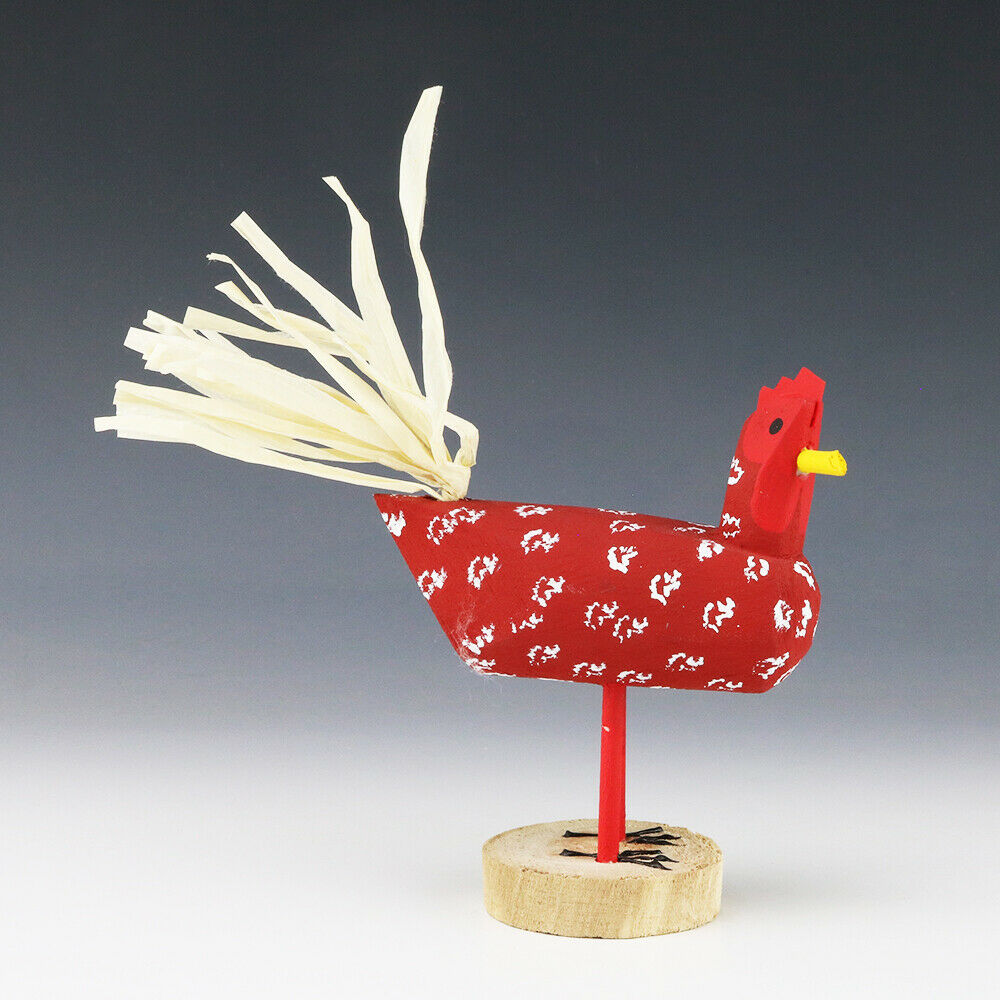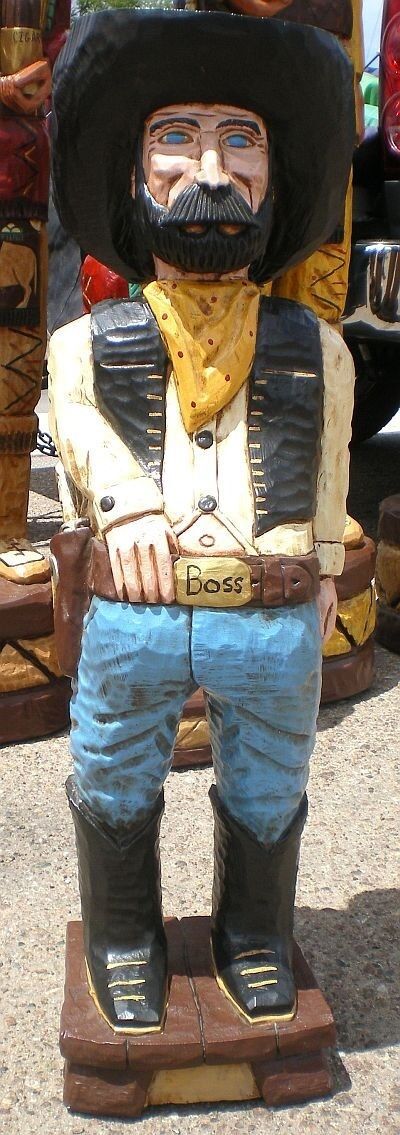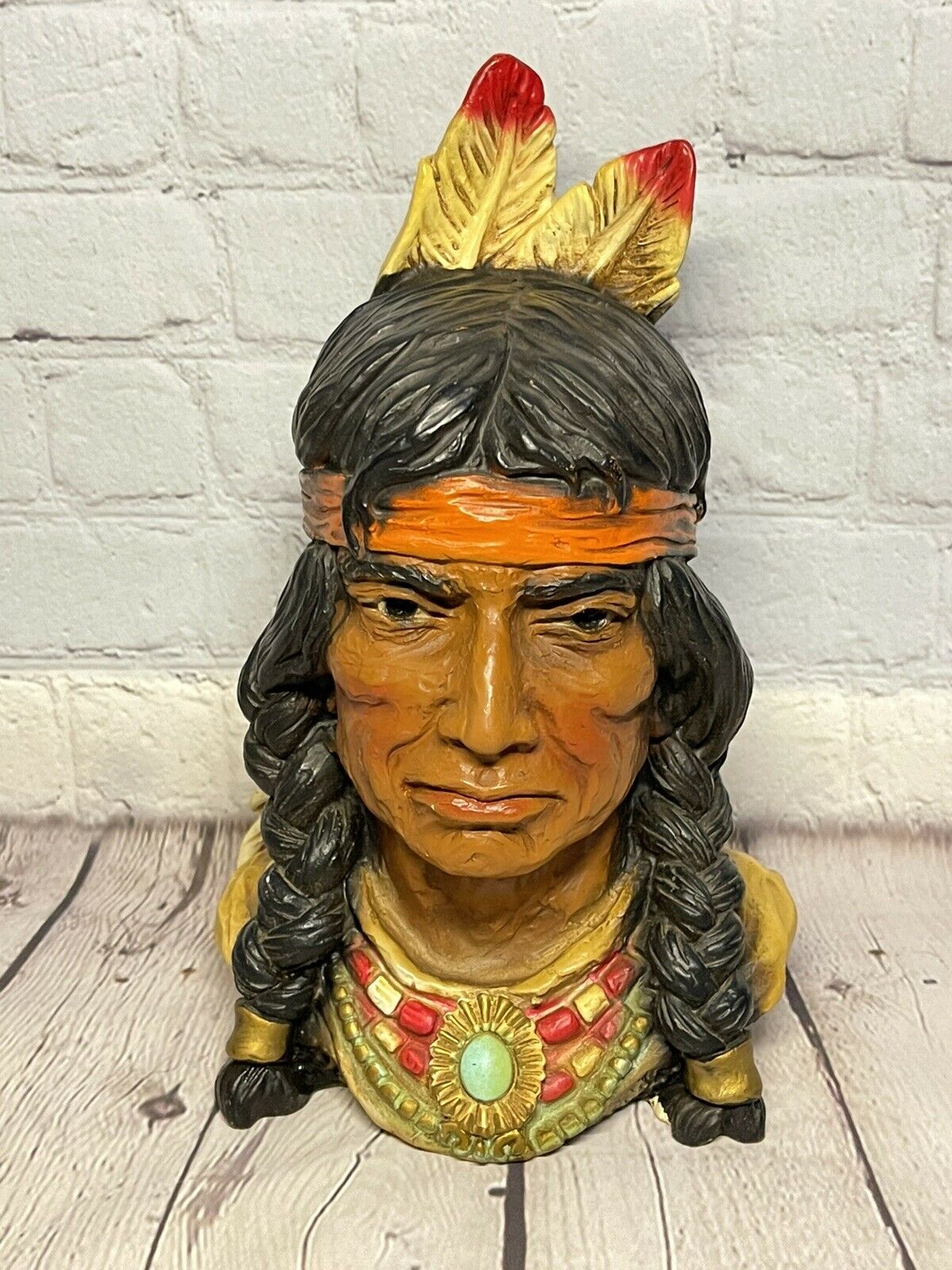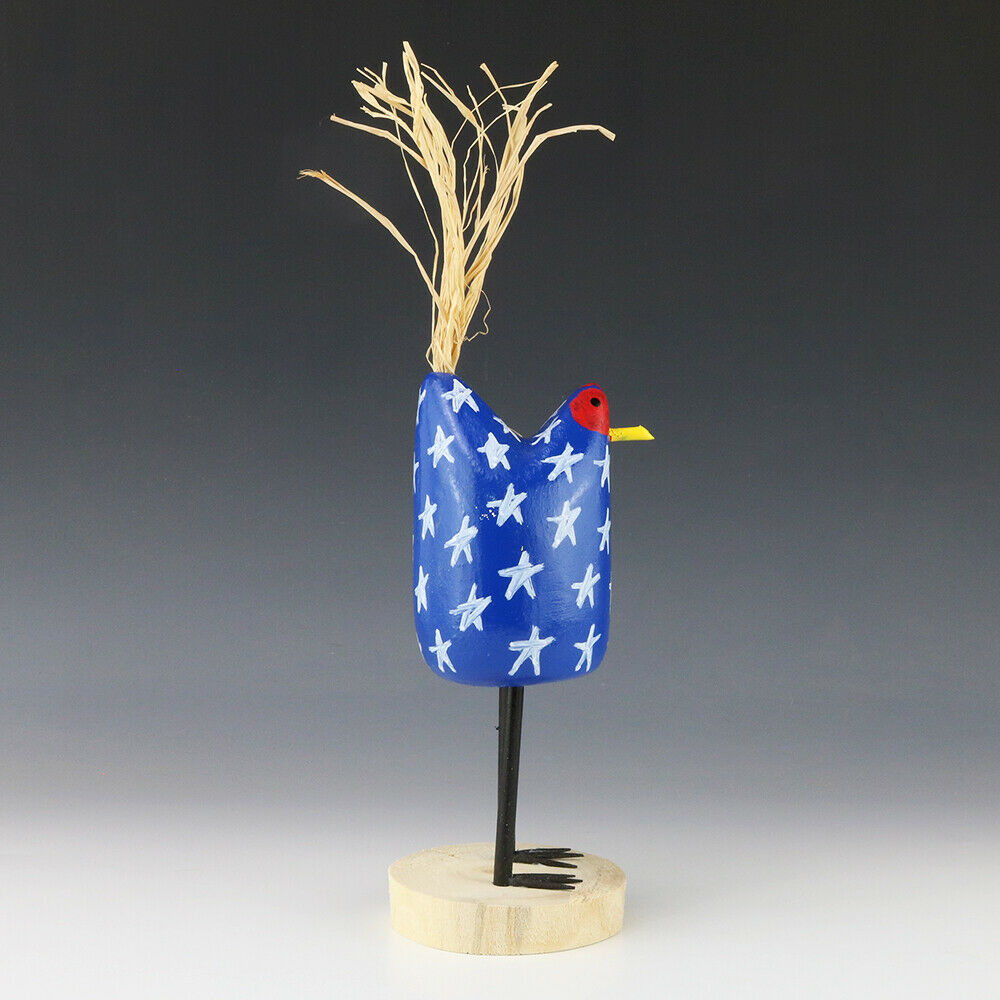-40%
Brave's Face Talking Stick, traditional chip carvings - Erik Sappier, Penobscot
$ 66.79
- Description
- Size Guide
Description
This traditionally carved talking stick with traditional chip carving motifs and carved brave's headwas made by Erik Sappier, Penobscot/Abenaki. The brave's head is carved at top front of stick. This stick was made from a young poplar tree and the bark of the newer trees is quite greenish - which shows in some of the photos. Erik has used a high gloss finish (urethane) on this piece. Erik is Penobscot and Abenaki .... 2 of the 5 Wabanaki tribes.
Wabanaki
- a confederacy of 5 NE tribes currently residing in what is now Maine, Vermont and Eastern Canada.... The Abenaki, Maliseet, MicMac (Mi'kmaq - Canadian spelling), Passamaquoddy and Penobscot.
Traditionally many chip carved items, talking sticks, walking sticks and root clubs have some of the bark left on some portion of these items. Here the bark is left on the upper portion of the stick, and Erik has cut out a large portion of the upper front of the stick where he has carved the brave's head.
Erik Sappier's work is included in a recent Abbe Museum's exhibit....
"
Emergence: Root Clubs of the Penobscot Nation"
Erik uses traditional designs with several variations on a traditional style chip carved talking stick, most are design elements that have been used by Erik's ancestors for centuries.
This talking stick has at top - the brave's head with three feather in his hair. (Chief's would have a feathered headdress with upright feathers on a band encircling their heads.) Below the face is a bit of bark. Beneath that is an unusually wide band with chip carved triangles and V shapes that encircles the entire stick. The wider band here has allowed for more intricate design - top and bottom of this encircling band has deeply incised lines giving the effect of a striped border. Between these the band has long incised diamonds with chip carved triangles - these diamonds have a chip carved triangle separating the tops and bottoms of the diamonds.
Below the band on the front is a triangle of many chip carved triangles, from this triangle dangles several elongated deep chip carved ovals - feathers or leaves.
On the back of the stick just below the wide encircling band, Erik has placed his maker's mark inside - his initials EJ with the S a bit separated from first 2 and S in the shape of a lightning bolt a bit off to the side. Below the maker's mark is an upright ash branch.
The stick has several interesting elements in the wood - small dark areas surrounded by a redder/darker areas - These are where small branches were growing - the texture and coloration variety adds unique interest to this piece.
This stick is 12" long and about 1 1/8" diameter. The brave's face is 3" long from top of feather to bottom of the brave's chin, 1.25" across. You will receive information on Native Americans' use of talking sticks with this piece.
last photo; Erik Sappier holding one of his walking sticks
The traditional designs have been used for centuries by Wabanaki (Name for 5 tribes - 4 of which are in Maine- Penobscots, Passamaquoddy, MicMac, and Maliseets and the Abenaki which are in Vermont and NE Canada)
Erik Sappier is Penobscot and Abenaki (of the Woodstock New Brunswick tribal band of Abenaki) He grew up living on Abenaki land in New Brunswick in the winters and summers he spent on Indian Island - the Penobscot Nation - near Old Town Maine. He is a lifelong friend of Joe Hugga Dana and recently apprenticed with Hugga. Joe "Hugga" Dana is the son of Stan Neptune and was taught by his father to chip carve. Stan is the leading authority on Maine Indian chip carving, root clubs and walking sticks. In the process of learning Penobscot myths, history, legends and stories from Senabeh, a religious elder and root club carver, Stan picked up chip carving. So - Erik has is the latest to learn the craft that Senabeh taught
.
Talking sticks were used in tribal council meetings, the only one who could speak was the one holding the talking stick.
Talking sticks were decorated, but only here in Maine and eastern Canada do the designs include chip carving. Chip carving is unique to the North East among Native Americans. The design on this talking stick is Abenaki/Penobscot and is Erik's way of making this stick a blend of both his native traditions. (Or aboriginal traditions as they would be called in New Brunswick Canada)
The chip carved leafed branches you see on this stick are similar in Senabeh, Stan Neptune, Joe Hugga Dana and Erik Sappier's work. These branches and leaves were a subject of conversation between Hugga and Erik recently. They say it is a brown ash which is a sacred tree to the Northeast Native Americans - it figures in their creation myth... they were made by an arrow piercing the brown ash tree and the splinters became the people. Please check out all the pics in the slide show to see several traditional designs around this stick. And also to see a photo of Erik taken at the College of the Atlantic's July 2010 - Maine Indian Basketmaker's show










